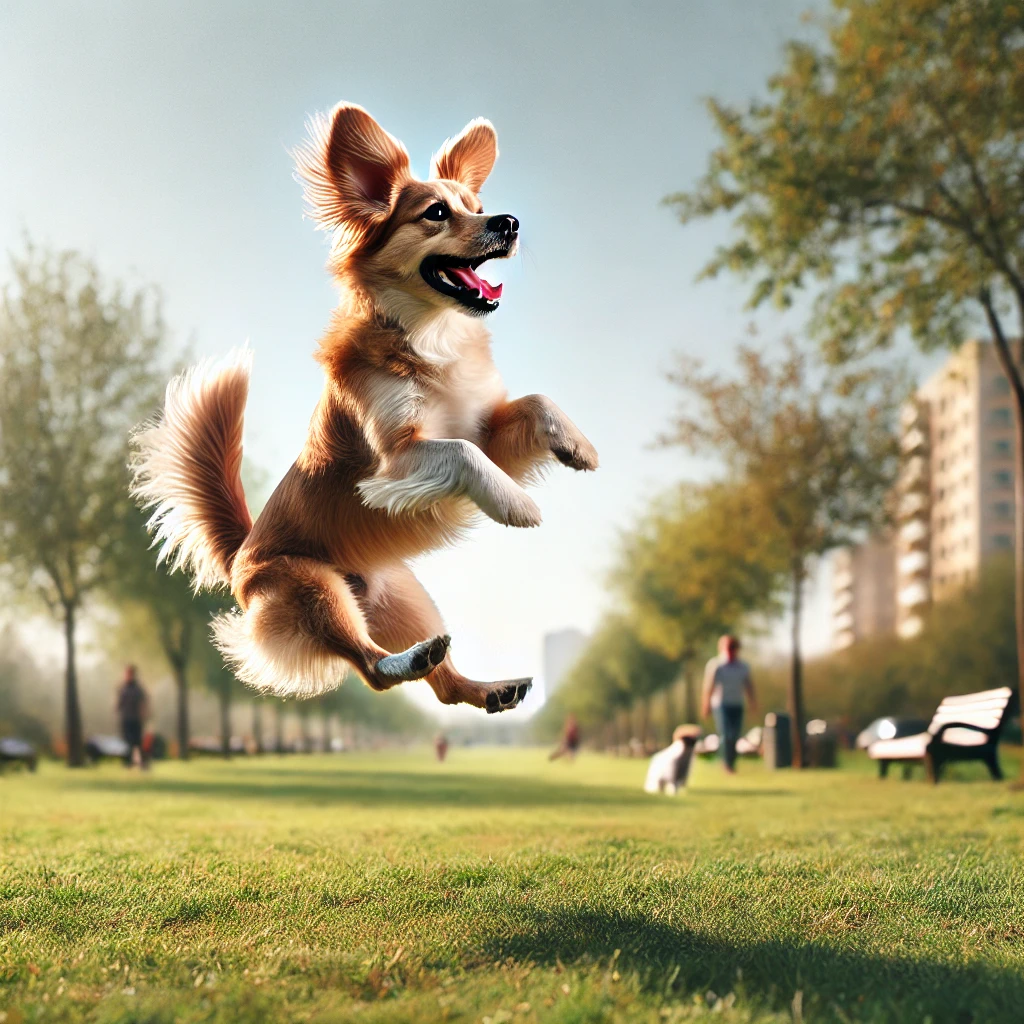Agility training is a fantastic way to boost your dog’s physical fitness, mental sharpness, and the bond between you two. It’s fun, challenging, and deeply rewarding for both of you.
Understanding Agility Competitions
Course Elements
Agility courses are a mix of obstacles like jumps, tunnels, weave poles, and seesaws. Each tests your dog’s speed, coordination, and obedience.
Rules and Scoring
In agility competitions, dogs are scored based on their accuracy and speed in completing the course. Knowing the rules helps you train effectively.
Getting Started with Agility Training
Assess Your Dog’s Health
Make sure your dog is healthy and fit for agility training. A vet check-up is a good idea before starting any rigorous activity.
Basic Obedience Training
A solid foundation in basic obedience commands like “sit,” “stay,” and “come” is crucial for agility training success.
Setting Up a Training Course
Space Requirements
Set up your training course in a safe, open area like your backyard or a local park. Ensure there’s enough room for your dog to run and navigate obstacles.
Equipment
Invest in or create basic agility equipment like jumps, tunnels, and weave poles. DIY options can be made from PVC pipes and other household items.
Training Techniques
Positive Reinforcement
Use treats, praise, and toys to reward your dog for completing obstacles. Positive reinforcement keeps your dog enthusiastic and focused.
Gradual Introduction
Introduce each obstacle gradually. Start with low jumps and short tunnels, increasing difficulty as your dog gains confidence.
Consistent Commands
Use consistent commands and hand signals for each obstacle. This helps your dog understand and anticipate your instructions.
Practising the Course
Short Sessions
Keep training sessions short and fun—10 to 15 minutes per session is ideal. This maintains your dog’s interest and prevents fatigue.
Repetition and Patience
Practice each obstacle repeatedly until your dog masters it. Be patient and avoid rushing the process.
Joining a Training Class
Benefits of Professional Guidance
Joining an agility training class offers professional guidance, structured training, and socialisation opportunities for your dog.
Finding a Class
Look for local agility clubs or training centres that offer beginner classes. Make sure the instructors use positive reinforcement methods.
Preparing for Competition
Trial Runs
Set up mock competitions at home or with a local club to simulate the competition environment. This helps your dog get used to the course and reduces anxiety.
Health and Nutrition
Keep your dog healthy with a balanced diet, regular exercise, and routine vet check-ups. A healthy dog performs better in agility competitions.
Competing in Agility
Registering for Competitions
Sign your dog up for local agility competitions through organisations like the South African Dog Agility Association (SADAA).
Staying Calm and Positive
Stay calm and positive during competitions. Your dog senses your emotions, so a positive attitude helps them perform better.
Conclusion
Agility training is a rewarding experience that boosts your dog’s physical and mental well-being. With patience, consistency, and positive reinforcement, you can prepare your dog to excel in agility and enjoy a fun, fulfilling activity together.







